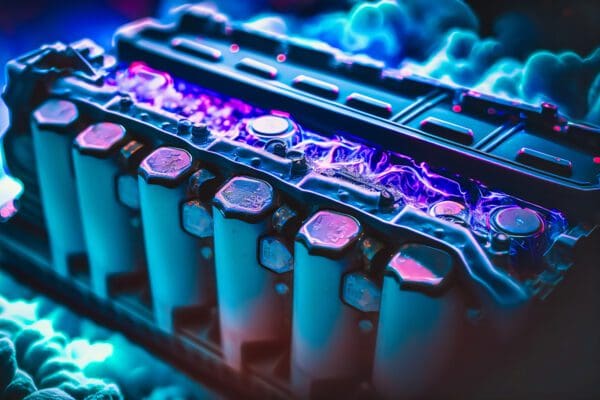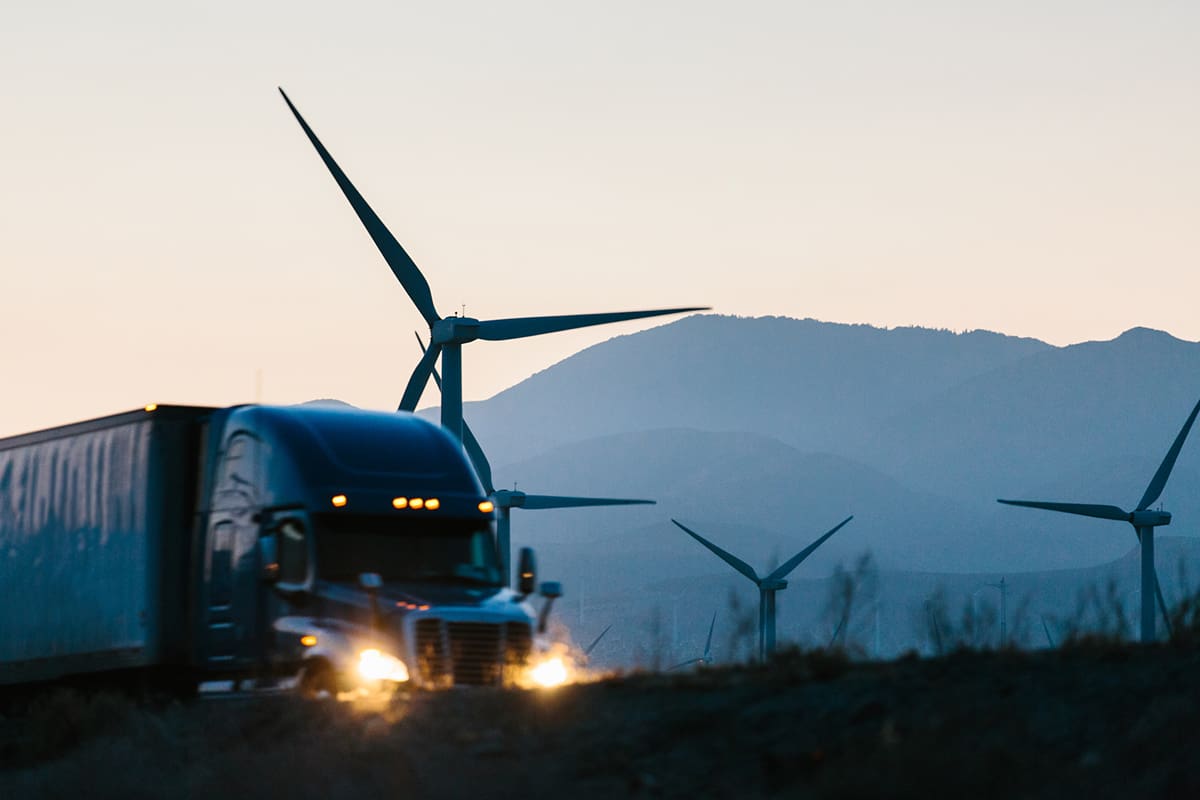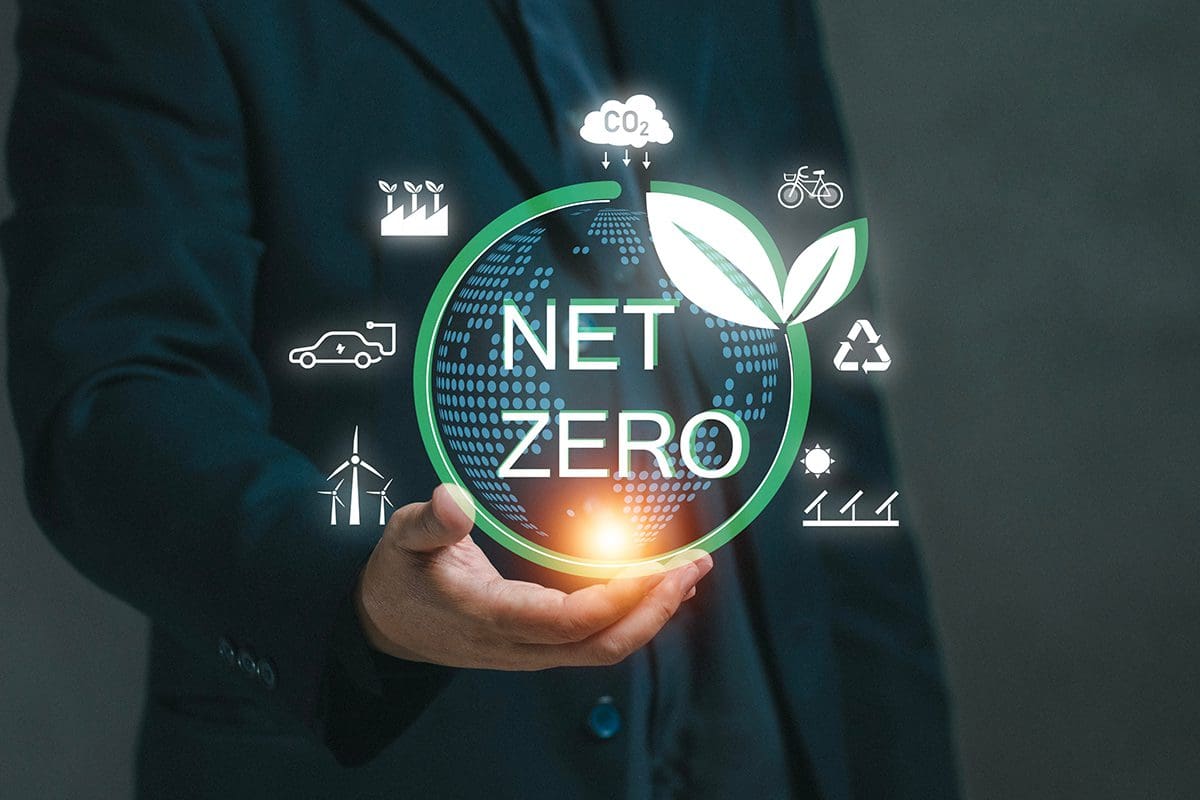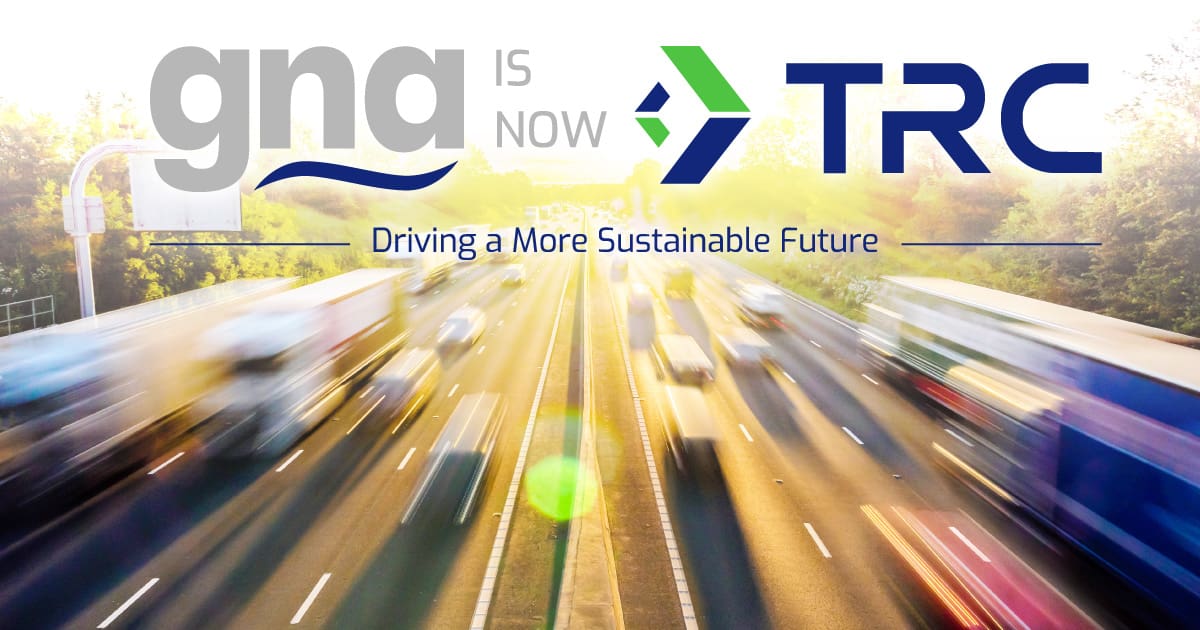
- GNA Insight
Is EV Battery Recycling a Remedy for Battery Mineral Sourcing Concerns?
January 31, 2024
Source: ACT News
As the U.S. looks to secure its critical mineral supply, a particular electric vehicle (EV) component has increasingly come into the spotlight: the battery. While critical minerals are required to produce other components of EVs, the battery requires larger amounts of these minerals, meaning that a mineral shortage could seriously hamper the Biden administration’s efforts to power their way toward the target of 50% of EV sale shares in the U.S. by 2030.
Lithium-ion batteries are the most common type of EV batteries used today and depend on five critical minerals whose domestic supply is limited: graphite, nickel, manganese, cobalt, and lithium. China possesses the highest global share in processing for graphite, lithium, and cobalt and the highest share in the production of graphite, leading to a global EV battery production capacity share that surpasses 70%. Given the sourcing challenges, one approach that has started to gain more attention is repurposing and reusing some of the critical minerals already in supply through battery recycling.
By 2027, it is estimated that 200,000 metric tons domestically and 800,000 metric tons globally of EV batteries will reach end of life (EOL), highlighting the need to boost recycling capabilities as a matter of waste management in addition to economic security. As fleet electrification charges ahead, fleet operators will need to consider their battery disposal practices.
Firms with access to vehicles and vehicle batteries, such as original equipment manufacturers (OEMs) and fleets, could potentially move downstream into recycling with the aid of public funding, providing the much-needed supply of batteries to the battery recycling market. OEMs could partner with fleets to gain access to old batteries to fuel their battery recycling business and secure key manufacturing components. Fleets, themselves, could also move into battery recycling to support fleet disposal and sell second-life batteries and/or components to OEMs, charging providers, and utilities.



